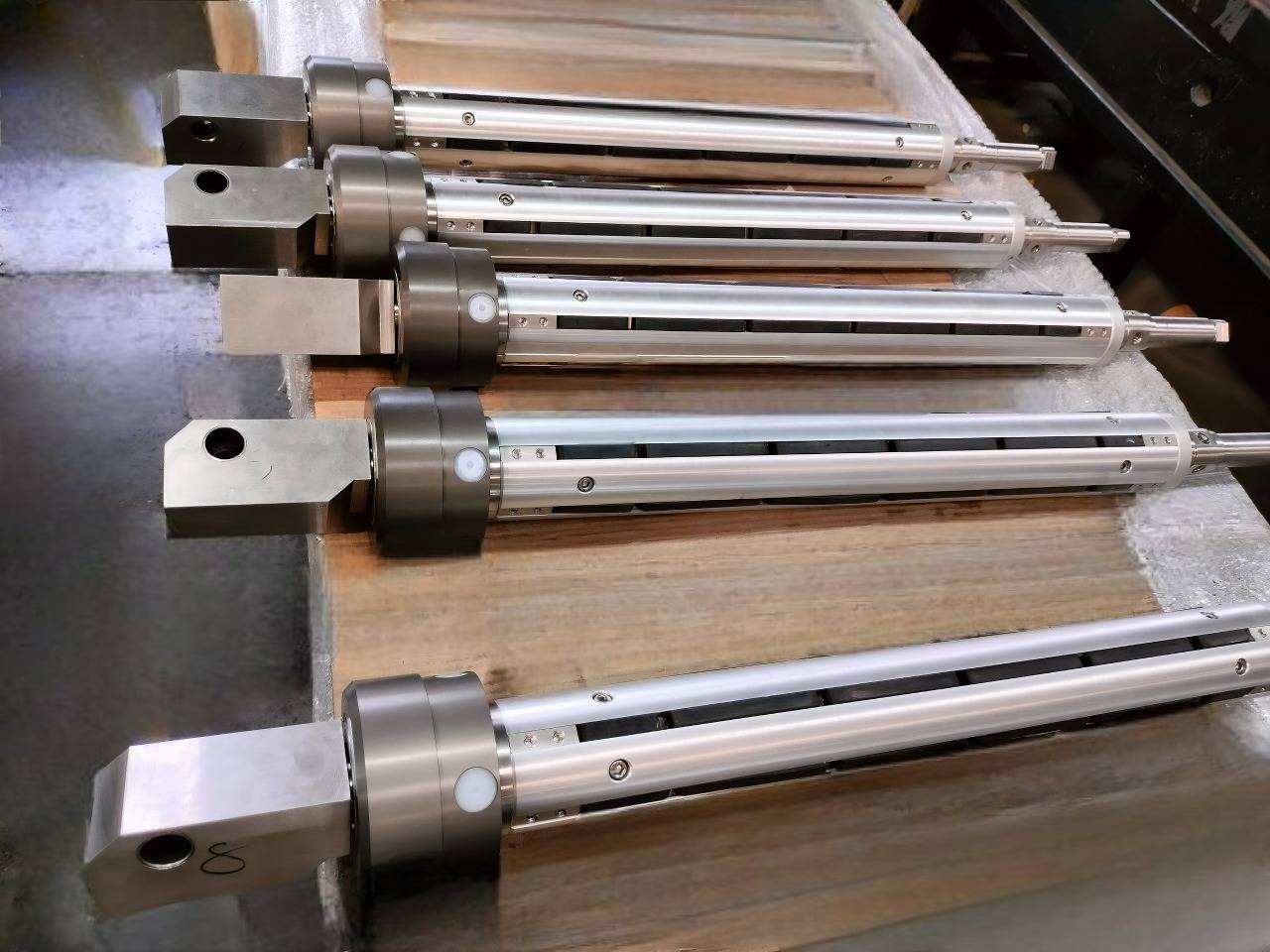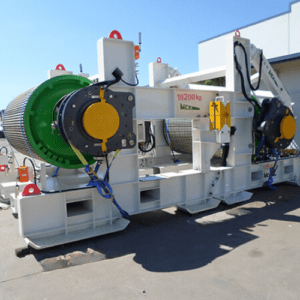Boiler safety valves are one of the most critical components in any steam system. They protect boilers, equipment, and personnel by automatically releasing steam when the internal pressure exceeds a safe limit. This simple but essential function prevents dangerous overpressure situations and keeps the boiler running safely and efficiently.
What Is a Boiler Safety Valve?
A boiler safety valve is a pressure relief device that opens when the boiler pressure goes beyond the set limit. Once the excess steam is released and the pressure drops back to normal, the valve closes again. It acts as the last line of defense against potential boiler explosions or system failures.
Why Safety Valves Are Important
- Prevents overpressure and protects the boiler from damage.
- Ensures operator safety by avoiding accidents.
- Maintains system efficiency and stable performance.
- Complies with safety standards and industrial regulations.
Types of Boiler Safety Valves
- Spring-Loaded Safety Valve – The most common type, using a spring to hold the valve closed until pressure exceeds the limit.
- Lever Safety Valve – Operated by a lever and weight, typically used in low-pressure systems.
- High-Lift Safety Valve – Opens fully at the set pressure for quick steam discharge.
- Dead-Weight Safety Valve – Uses weighted discs; commonly seen in older boiler designs.
- Pilot-Operated Safety Valve – Uses a smaller pilot valve to control the main valve for more precise operation.
- Balanced or Pop-Type Safety Valve – Designed for quick, full opening under pressure variations.
Installation Best Practices
Proper installation ensures the valve works effectively:
- Install vertically for accurate operation.
- Avoid any valves or obstructions between the boiler and the safety valve.
- Keep connection pipes short and direct.
- Ensure the discharge path is clear and properly vented.
- Follow the manufacturer’s instructions carefully.
Maintenance and Testing
Regular maintenance is key to safe operation:
- Perform periodic pop tests to ensure correct opening pressure.
- Clean internal parts to remove rust or debris.
- Check for leakage when closed — a sign of wear.
- Lubricate moving parts where required.
- Replace damaged or worn components promptly.
- Keep a maintenance log for safety tracking.
Common Issues
- Sticking valves caused by corrosion or lack of lubrication.
- Incorrect pressure settings due to spring fatigue.
- Continuous steam leakage from worn seats.
- Delayed operation due to improper installation or blocked discharge lines.
Conclusion
Boiler safety valves are vital for ensuring operational safety and efficiency. Choosing the right valve type, following proper installation practices, and performing regular testing and maintenance are all essential steps to prevent accidents and extend equipment life.
For industries that rely on steam systems, investing in high-quality, precisely engineered safety valves from reliable manufacturers like Vytal Controls Pvt. Ltd. ensures long-term performance and peace of mind.
View for More Detail Information : https://vytalcontrols.com/boiler-safety-valves-guide/


